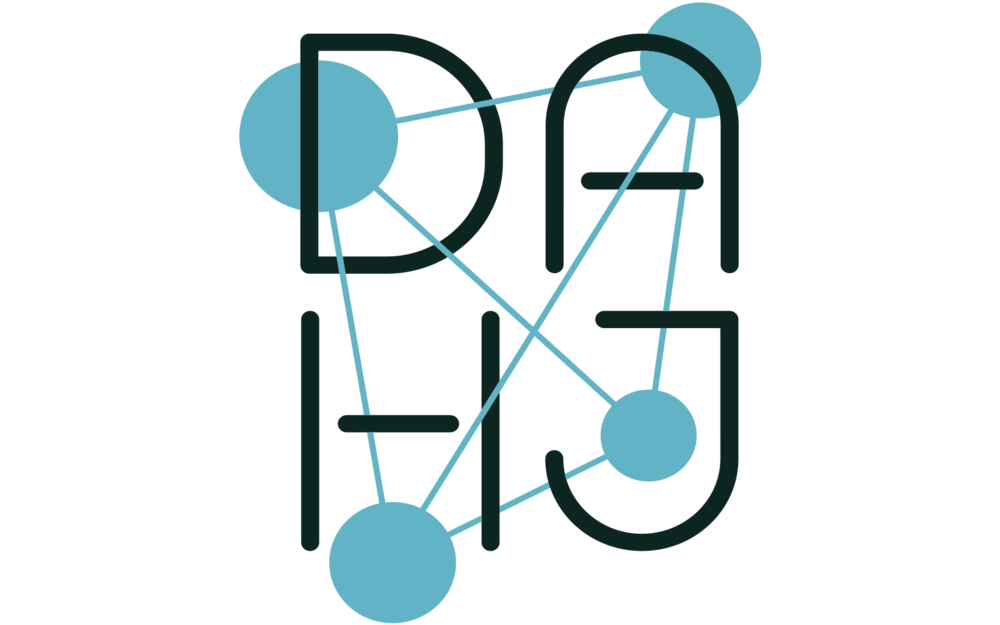Aldo Rossi composed the famous collage known as Analogous City for the Venice Biennale in 1976. This text presents a visual study of the collage through both physical and digital means: a mobile app works in conjunction with a reprint of the Analogous City in the format of a city map.
Read MoreRepresenting Early Modern Venice: Augmented Reality Experiences in Exhibitions
Two early modern prints that represent Venice—Jacopo de’ Barbari’s View of Venice, ca. 1500, and Ludovico Ughi’s Iconographica rappresentatione della inclita città di Venezia, 1729— were the focal points of two interactive, multimedia exhibitions at Duke University in 2017 and 2019. This article describes the AR displays within the exhibitions and presents the results of visitor interaction based on anonymous data and observation.
Read More"Why So Many Windows?" – How the ImageNet Image Database Influences Automated Image Recognition of Historical Images
In the field of automated image recognition, computer vision or artificial ‘intelligence,’ the ImageNet data collection plays a central role as a training dataset. For the research project Training The Archive, which aims to make digital humanities methods available for the curating of art, the extent to which ImageNet influences the software prototype The Curator’s Machine is discussed.
Read MoreFrom Digital Literacy to Data Literacy: How Much Digital Literacy Do We Need in the Art History Curriculum?
This article is making an advocacy for including Digital Literacy into the traditional Art History curriculum and explains how it can be defined and what Digital Literacy could entail for the BA and MA curriculum.
Read MoreFeatured Article: Digital Art Now – Histories of (Im)Materialities
The multifaceted history of digital art has also entailed an evolution of understanding the complex relationships between the material and immaterial in the digital medium.
Read MoreA Short History of Self-Representation in Digital Art
This article examines the lesser-known history of artistic self-representation in digital art, from the beginning of computer art to the present day.
Read MoreMeta-curating: online exhibitions questioning curatorial practices in the postdigital age
In discussing selected digital exhibition formats from the 1990s until today, the article illustrates how the genre has evolved in response to technological changes and concepts of democratization as well as user involvement.
Read MoreInterview: Claudia Hart – Liminal Feedback Loops and Hybrid Dualities
Media artist Claudia Hart discusses with Tina Sauerlaender her work, career and how we are experiencing a crisis of truth.
Read MoreVan Gogh TV´s “Piazza Virtuale” – Report-In-Progress and Preliminary Case study
In this essay, the authors give an overview of the 1992 "Piazza Virtuale" project, outline the division of labor between the two project partners, introduce applied theoretical frameworks, and describe in detail the archival approach and research methods that they have employed so far.
Read MoreReview of Maria Dondero's 'Language of Images: The Forms and the Forces'
Maria Dondero’s recent publication, The Language of Images: The Forms and the Forces, extends arguments formulated within the tradition of visual semiotics to develop focused discussion of three concepts: the materiality of the substrate of images, the force of enunciation in visual analysis, and the metavisual as an approach to aggregate images and corpora.
Read MoreThe Curator’s Machine: Clustering of Museum Collection Data through Annotation of Hidden Connection Patterns between Artworks
When visual analysis is not sufficient to distinguish moldmates, three features of the mold’s wire mesh can be quantitatively analyzed using image processing techniques: watermark shape and placement, chain line intervals, and laid line density, for which a new method of analysis is introduced here.
Read MoreThe History of Art Markets: Methodological Considerations from Art History and Cultural Economics
In this paper, we analyze two bodies of literature—art market research within art history and art market research within cultural economics—to assess their respective approaches and methodological distance.
Read MoreThe Close-up Cloud: Visualizing Details of Image Collections in Dynamic Overviews
This paper introduces a visualization technique designed to uncover iconographic patterns prevalent within a collection while at the same time allowing close viewing of these particular details.
Read MoreMoldmate identification in pre-19th-century European paper using quantitative analysis of watermarks, chain line intervals, and laid line density
When visual analysis is not sufficient to distinguish moldmates, three features of the mold’s wire mesh can be quantitatively analyzed using image processing techniques: watermark shape and placement, chain line intervals, and laid line density, for which a new method of analysis is introduced here.
Read MoreFEATURED ARTICLE: The Museum Opens
This speculative fiction narrates the experience of a virtual museum environment in the near future.
Read MoreQueer Criticalities, Instagram, and the Ethics of Museum Display
In the exchanges between past and present, knowledge and narratives, re-imagined aesthetic relationships and rendered environments, there seems to be missing a queer criticality of the digital repertoire.
Read MoreImpact of Digitization on the Scholarly Workflow
The technological progress of the past decades has had a transformative effect on both cultural institutions and academic research.
Read MoreDefining Online Resources Typologies in Art Museums: Online Exhibitions and Publications
This article intends to define two of the most relevant online resources typologies in art museums, the online exhibition and the online publication. The aim of it is to discuss and understand the importance of rethinking traditional typologies in the digital age.
Read MoreArt History Now: Technology, Information, and Practice
This article argues that we should focus not on the digital or the computer, but instead on the dynamic interrelationship between the institutions and domains responsible for the management of art historical information and those of the production of art historical knowledge.
Read MoreIconographic Visualization Inside Computational Notebooks
The software is designed primarily for those researchers working with large image datasets in fields where human visual expertise cannot be replaced with or superseded by machine vision, such as art history and media studies.
Read More